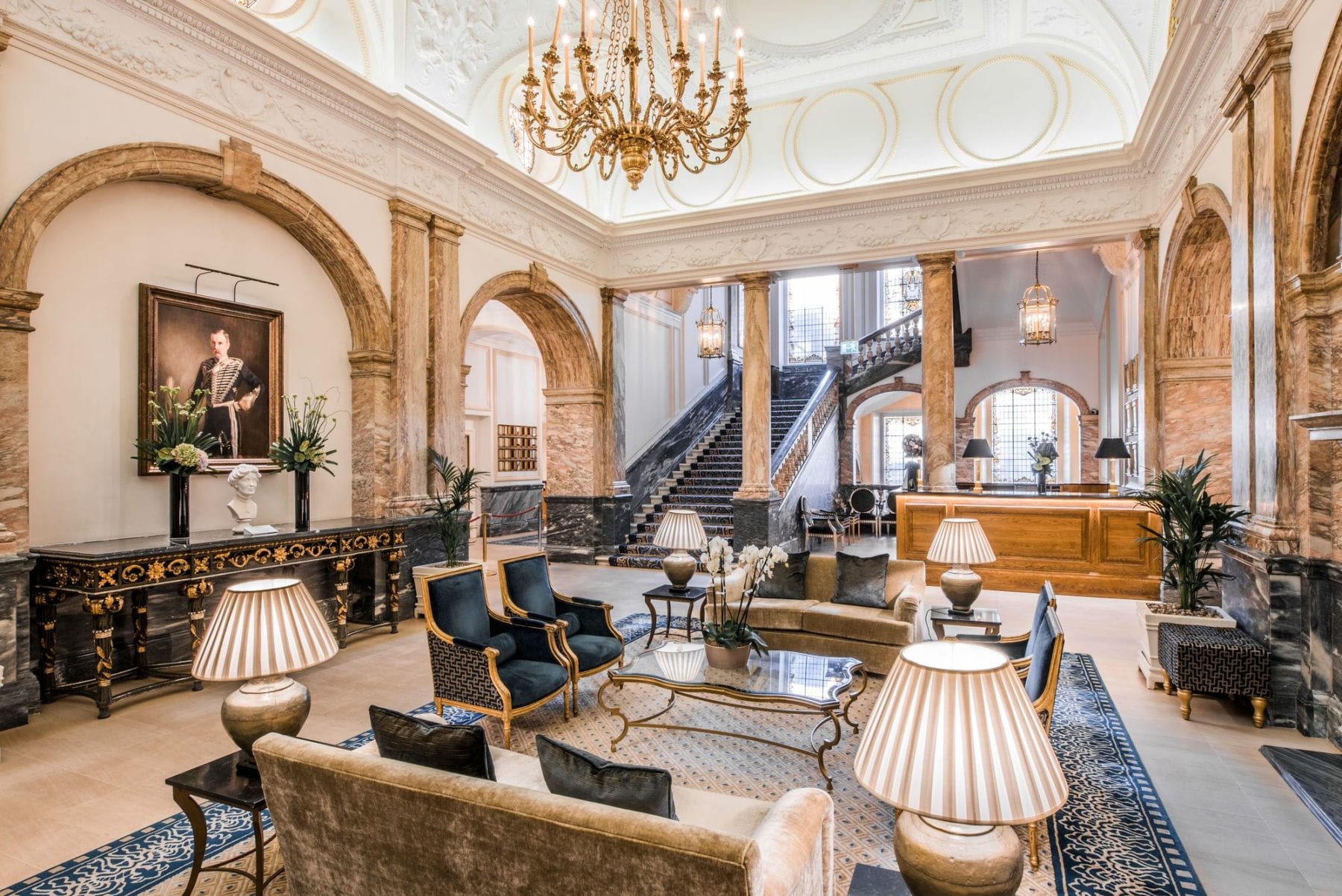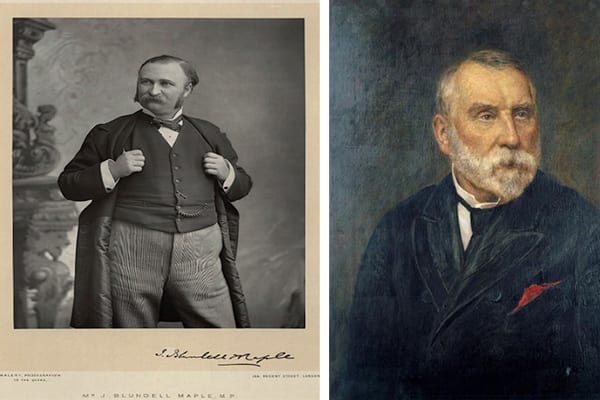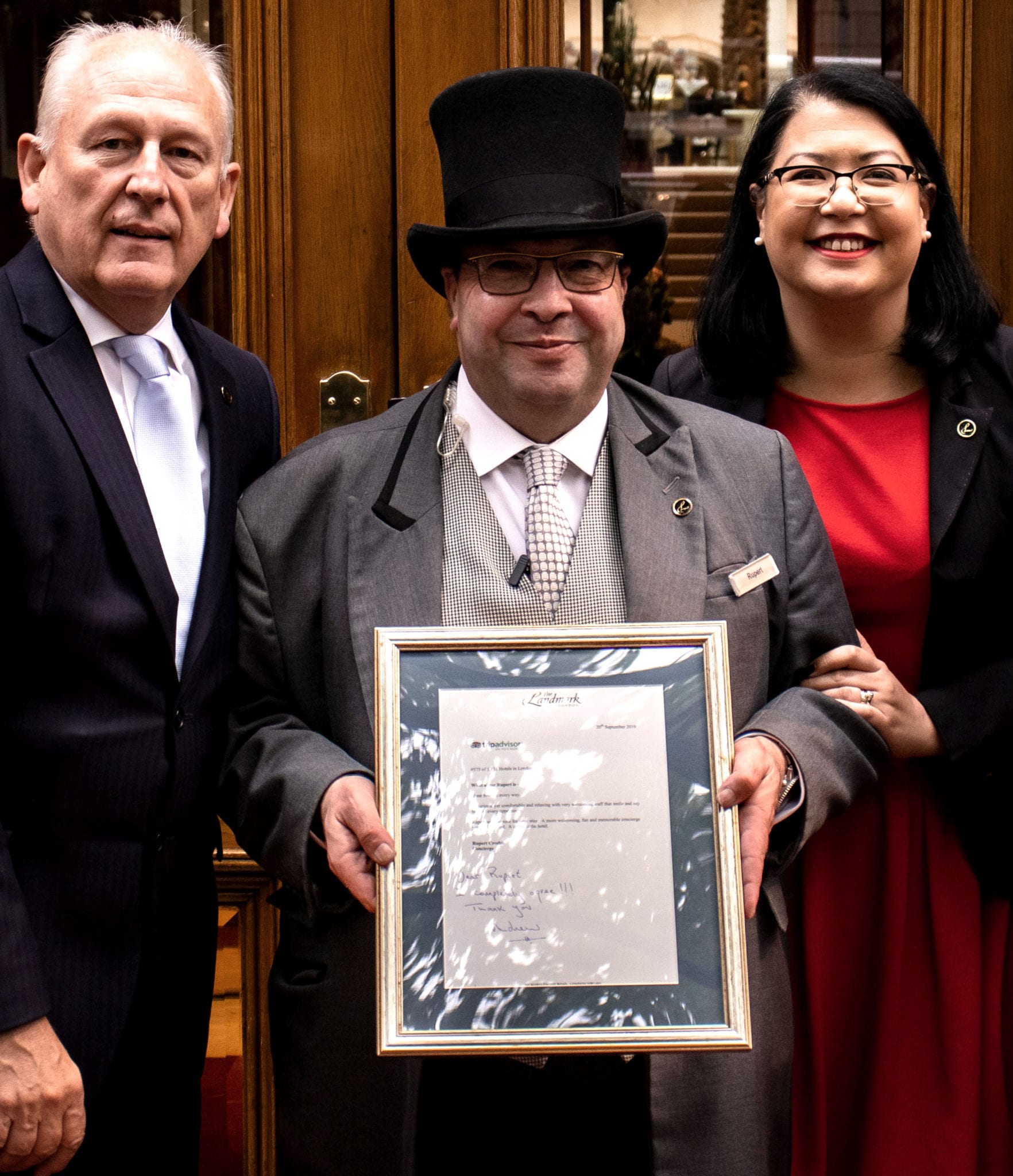Discover the origins of the hotel and the personalities who founded it
Saturday 18th April 2020
Who is speaking?
Rupert Crosbie is one of our doormen at The Landmark London, he has been working at the hotel for the past 5 years.
You should know that Rupert is extremely passionate about history, he is a member of our History taskforce, and knows all the little secrets about our building’s heritage and our neighbourhood. If you visit the hotel you will recognise Rupert easily as he is always smiling, making sure all our guests receive a warm welcome and a fond farewell.
The Architecture The Railways Built
If you are fascinated about the Railway era, next Tuesday 28th April at 8:00 p.m. you can’t miss the new series on channel Yesterday “The Architecture The Railways Built”. The Landmark London will be featured in the second episode on Tuesday 5th May at 8:00 p.m. We filmed this very special documentaries a few months ago and you will see team members, like our General Manager, Andrew Batchelor, explaining the most interesting historic features about the hotel.
An historic location: Marylebone station
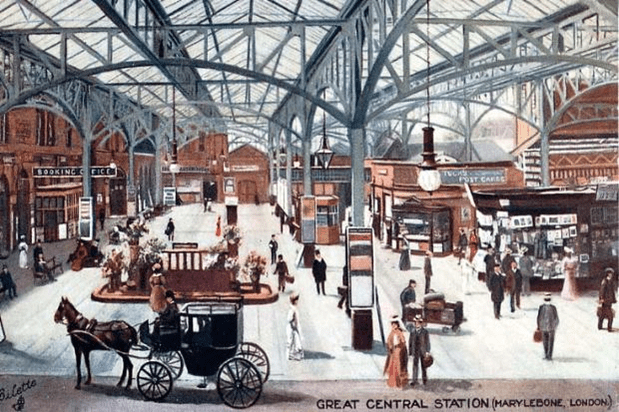
Our history tour starts at Marylebone station; the hotel is located directly in front of the station on 222 Marylebone Road. The last decade of the 19th Century was the growth time for hotels in England and with the huge growth of the railway system throughout the country, it brought the cities far closer together.
Marylebone was one of the areas of London not served by a station. Sir Edward Watkin put his plans into place and created The Great Central Station, which not only served the hinterland of Buckinghamshire, Oxfordshire and Middlesex, but cities in the North of England, such as Birmingham and Manchester.
One iconic building, two iconic men:
Sir Edward Watkin & Sir John Blundell Maple
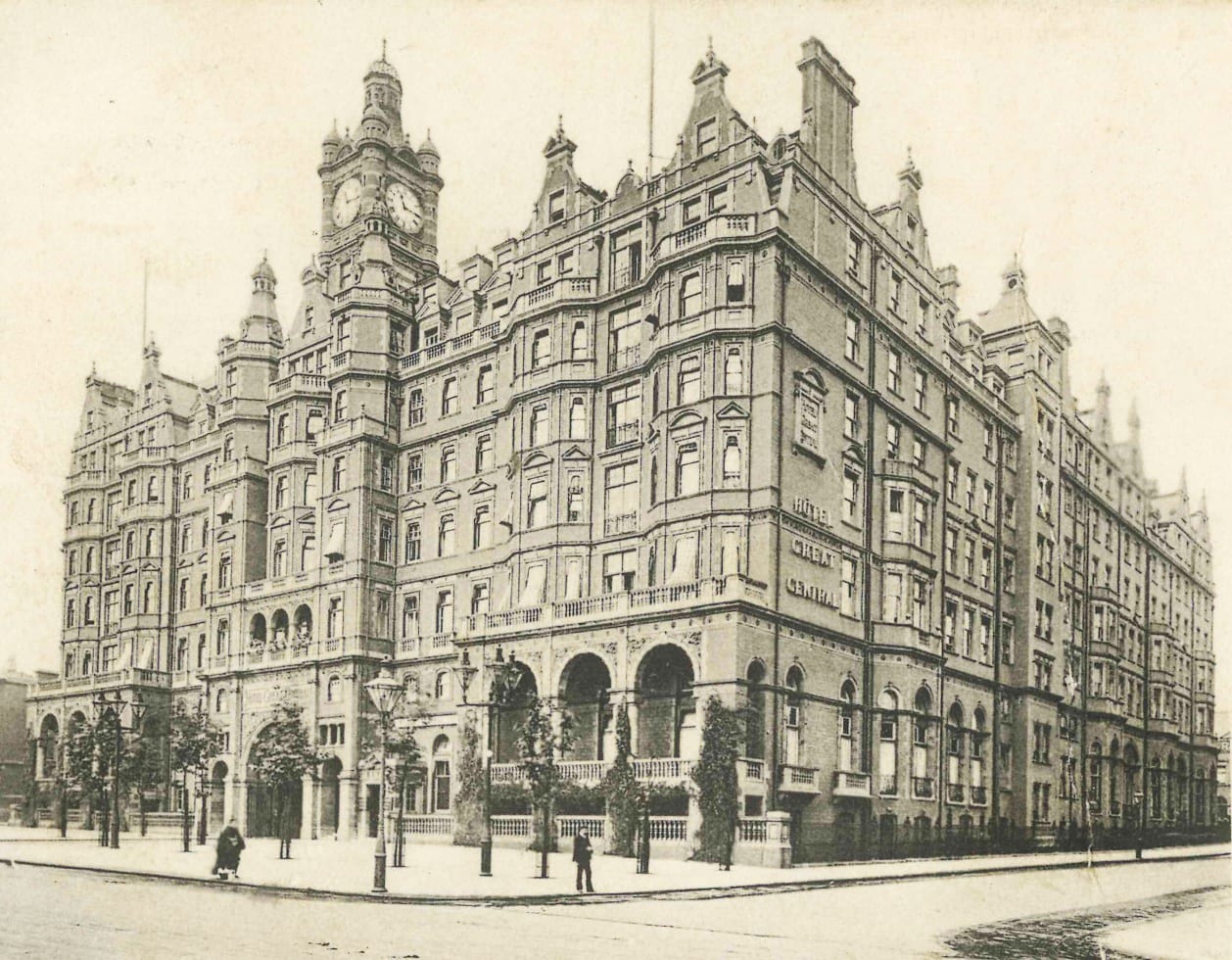
In the station we can find a plaque in honour of Sir Edward Watkin, our founder.
Sir Edward Watkin was an MP; he was definitely ahead of his time and was on the board of several railway companies. He created an intended design cycle track to go on the roof of the hotel, he was also part of the Channel Tunnel project
Stations such as King’s Cross, Liverpool Street, Charing Cross and Victoria had hotels attached to them, this is where our magnificent hotel came about. Sadly, however, for Sir Edward Watkin it proved to be “the straw that broke the camel’s back” as he was forced to sell the plot of land to a very forward thinking businessman by the name of Sir John Blundell Maple.
Sir John Blundell Maple was also an MP but most importantly he was a businessman, whose family owned a successful furniture store in Tottenham Court Road.
When the hotel was completed, he furnished all 700 bedrooms with furniture available from his shop and even had a stall inside the station where people could order pieces of furniture similar to the ones inside the hotel. Wasn’t he a visionary? We could say that a worldwide famous furniture store took the business idea from him…
When the hotel first opened, it had 700 bedrooms and the cost per night was 3 shillings and six pence -17.5 pence in today’s money.
Splendid entrance and a legendary woman, Mrs Pankhurst
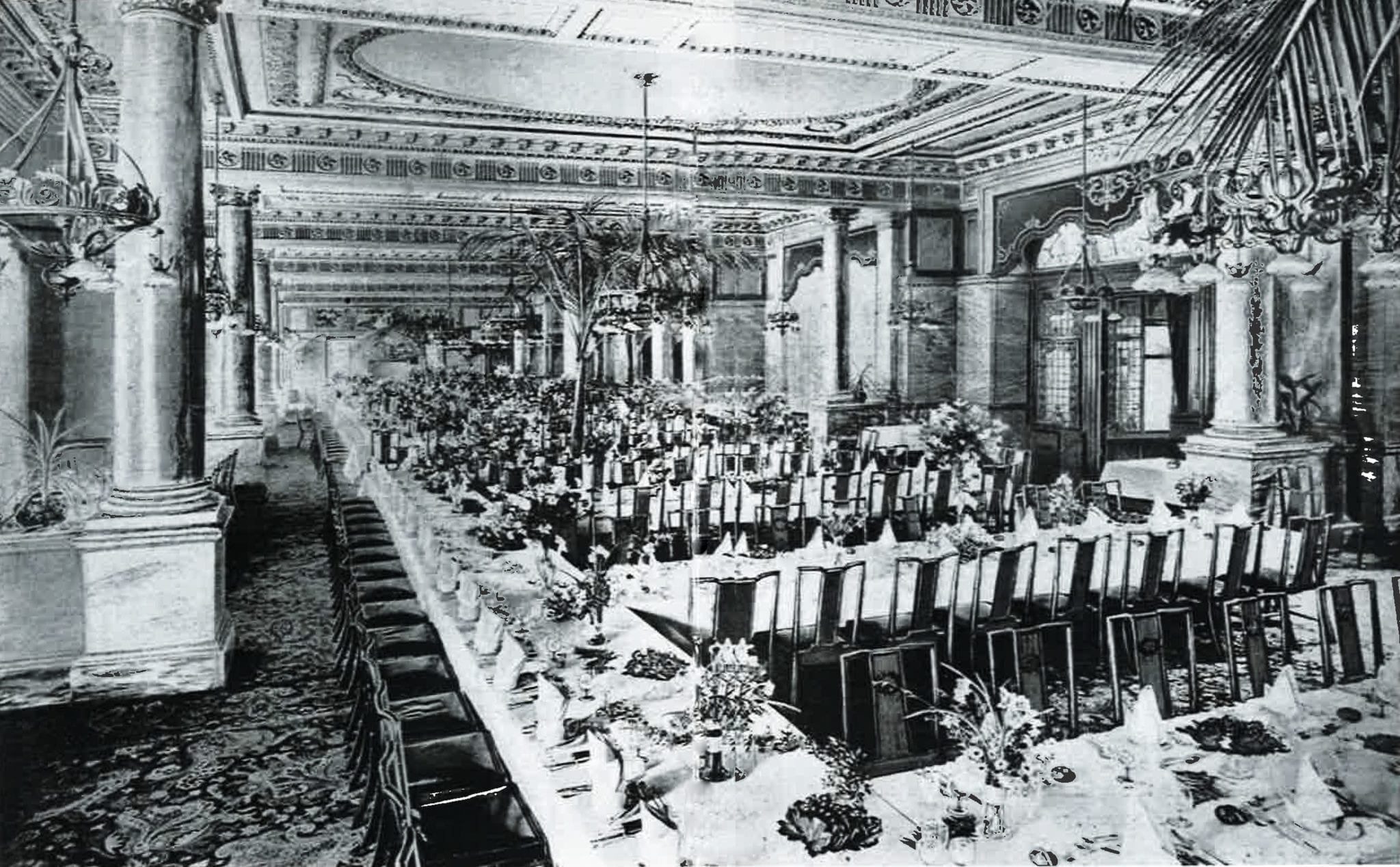
The hotel first opened on the 2nd July 1899, in a ceremony hosted by Princess Louise of Fife, who was Queen Victoria’s granddaughter. You can read more about the opening ceremony in our 120th Anniversary celebration article.
At this time, guests were met off the train by porters and valets from the hotel, then escorted to the hotel under the glass canopy and their luggage would be taken by an underground tunnel to a specific area in the basement. This tunnel was only recently re-discovered by workmen working at the station.
To continue our tour, we have now crossed the street and entered the hotel through the North Entrance. The guests used to arrive to our Marble Hall which used to be a pre-curser to the splendour of the hotel and it was the original reception area.
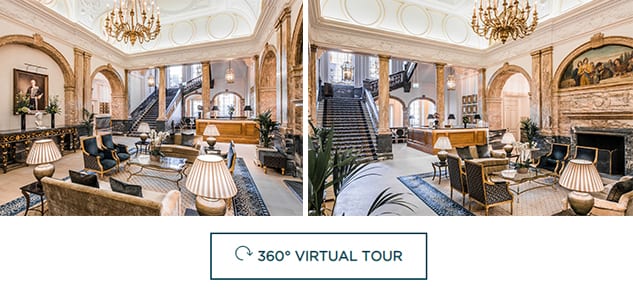
In the Marble Hall we can see nowadays the bust of Mrs Pankhurst, she was the leader of the Woman’s Suffrage Movement, a campaign established to fight for women right to vote. In theory, they were a terrorist organisation who went to very serious lengths to get their message across, such as throwing bricks through the windows of leading political figures houses.
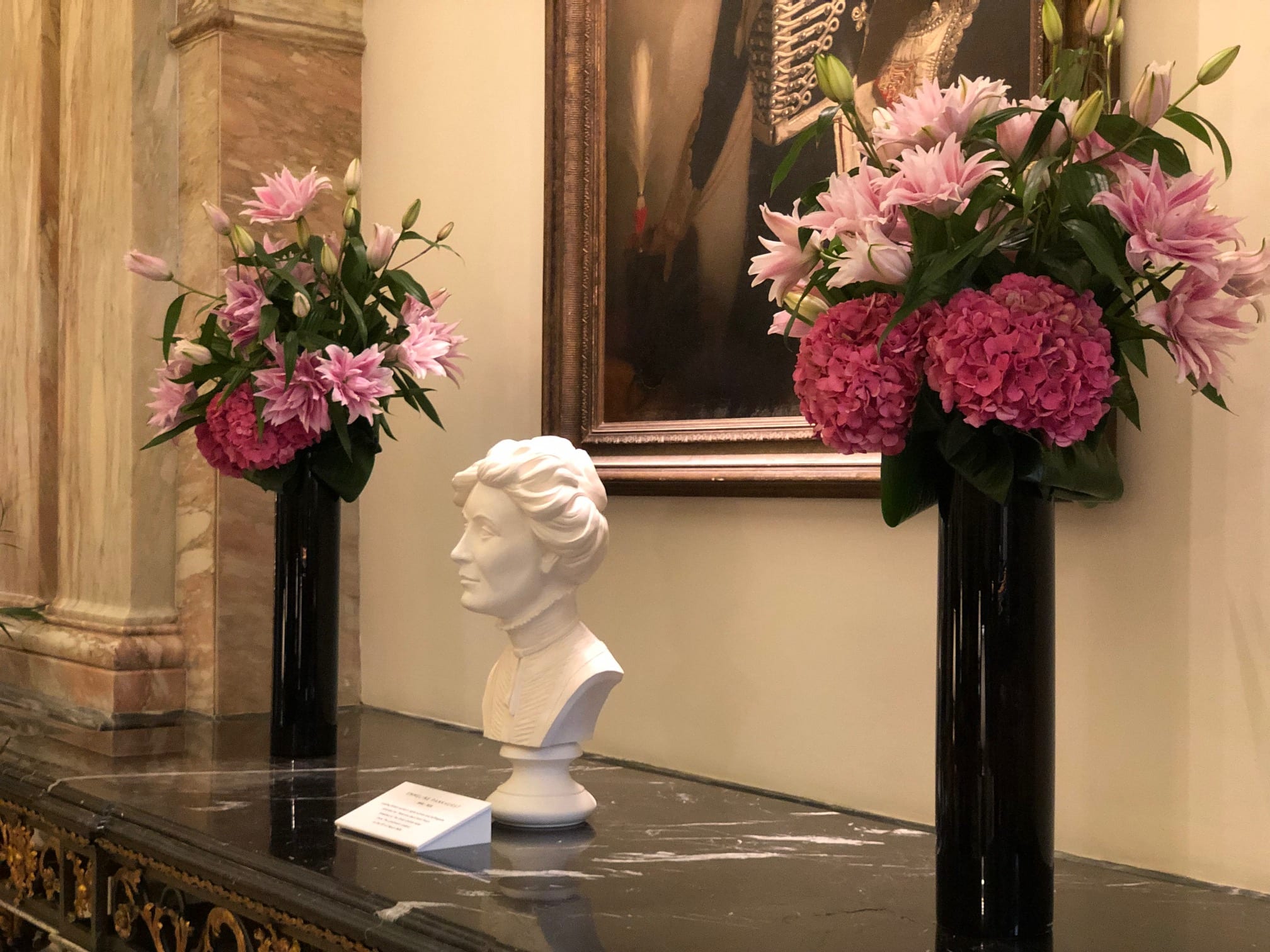
Mrs Pankhurst along with a couple of her daughters and friends were imprisoned for their activities and upon release from Holloway (a notorious women’s prison) came to The Great Central hotel now known as The Landmark London for a Celebratory breakfast. Even then our breakfasts were highly sought after. In the photo below you can see an image captured during the event that was celebrated in our Grand Ballroom, back in time called The Wharncliffe room.
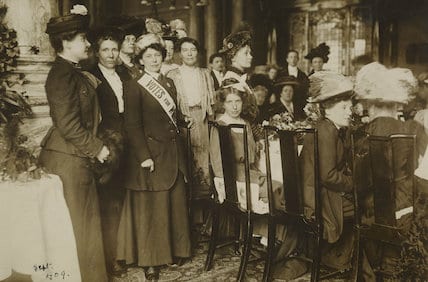
Are you a history fan?
The second chapter will be online next week with more secrets about our heritage.
